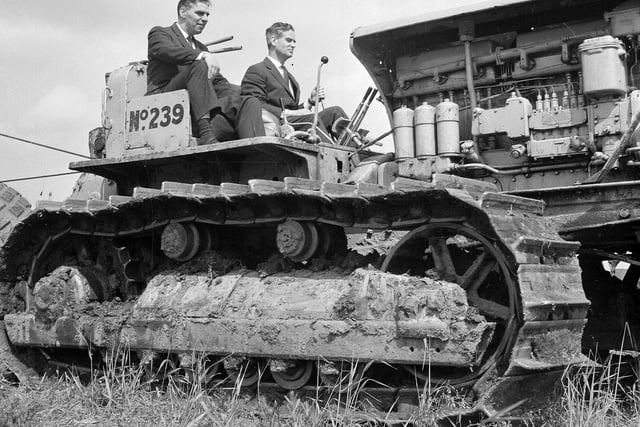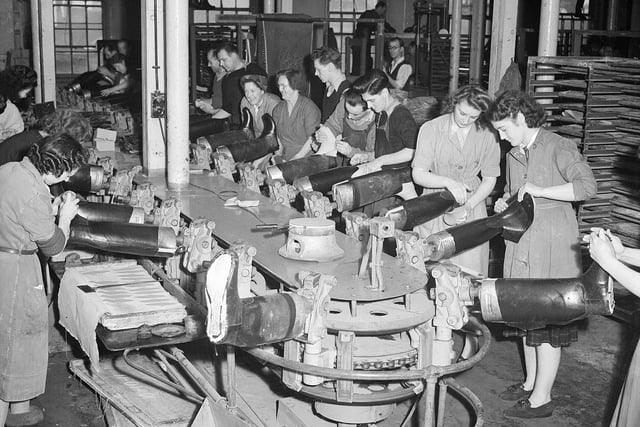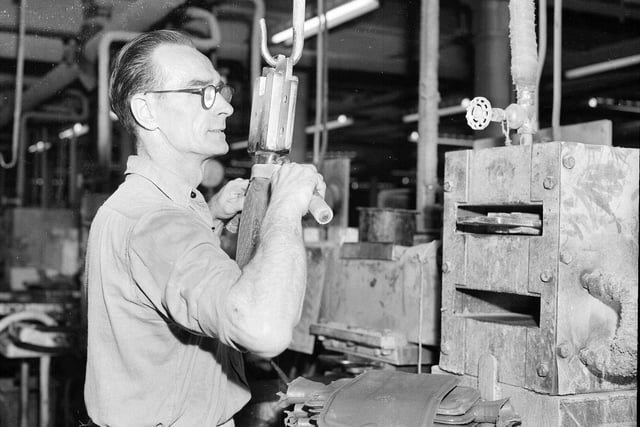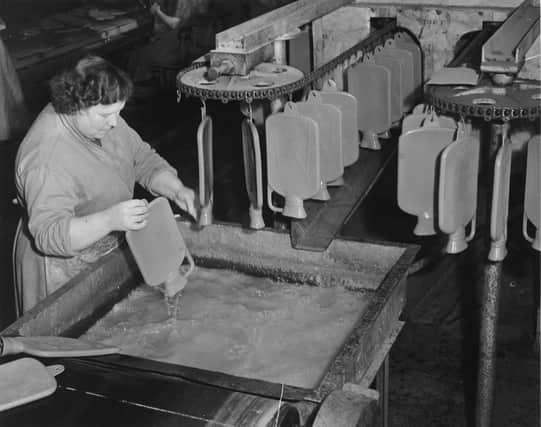The history of the North British Rubber Company in Edinburgh dates back to 1856 when American businessmen Henry Lee Norris and Spencer Thomas Parmelee purchased a large piece of land near to the Union Canal at Fountainbridge which was previously the location of a silk mill.
Charles Goodyear had recently invented the process of vulcanisation and the pair of boot-makers were keen to use it to create a range of products, including footwear.
A year later the North British Rubber Company was formed and by 1875 more than 600 employees were working at Castle Mills.
The company’s owners were trailblazers, taking out a patent for one of the first ever conveyor belts and inventing the detachable pneumatic tyre – a patent that was later sold to the Dunlop Tyre Company for around £300million in today’s money.
By the start of the 19th century the company was the largest industrial unit in Edinburgh, making everything from golf balls and hot water bottles, to hoses and rubber sheeting.
During World War One the company kept trenchfoot at bay by producing 1,185,036 pairs of Wellington boots (another North British Rubber invention) for the British Army, while in World War Two they expanded into gas masks, tyres for army vehicles and barrage balloon fabric.
Due to the processes involved, fires were a common risk in the factory and a particularly bad blaze destroyed part of the mill in January 1962.
In 1966 the North British Rubbery Company was bought by Uniroyal who closed the mill and relocated to Newbridge, with the Fountainbridge property becoming home to McEwan’s new Fountain Brewery.
While there is no longer any rubber production carried out in Edinburgh, the fashionable Hunter Boot Ltd company are still based in the city, selling their premium Wellingtons to everybody from royalty top festival-goers.
Here are 17 pictures to take you back to the North British Rubber Company over half a century ago.
Read more:
A message from the Editor:
Thank you for reading this article. We're more reliant on your support than ever as the shift in consumer habits brought about by coronavirus impacts our advertisers.
If you haven't already, please consider supporting our trusted, fact-checked journalism by taking out a d igital subscription.
A year later the North British Rubber Company was formed and by 1875 more than 600 employees were working at Castle Mills.

5. Lording over
Lord Polwarth at the controls of an earth moving machine at the turf cutting ceremony for the North British Rubber Company's new factory in June 1965. Photo: Unknown

6. Production line
Making Wellington boots in the North British Rubber Company's works at Castle Mills in 1951. Photo: Unknown

7. Finishing touches
A worker freeing the neck of a newly pressed hot water bottle on the production line in July 1958 Photo: JPI Media

8. On the water
Boys in canoes on the Union Canal at Viewforth in July 1957 with the North British Rubber Company's Castle Mills on the left. Photo: Unknown

